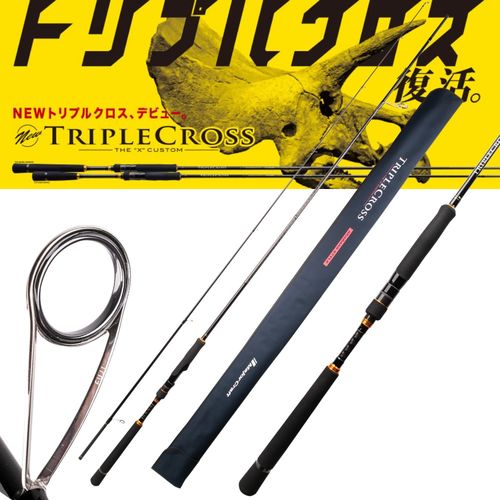Content:
Introduction: Dedicated anglers often find themselves drawn to the challenge of catching the elusive Wandering Fish, known for its swift movements and unpredictable behavior. Known as "Ling" in Chinese, this fish is a favorite among anglers for its taste and the thrill of the chase. If you're looking to improve your chances of hooking this slippery creature, here are some essential tips and techniques to help you become a master at catching the Wandering Fish, or "Ling".
Understand the Behavior of the Wandering Fish: Before you can effectively catch the Wandering Fish, it's crucial to understand its habits. These fish are known for their agility and quick movements, often darting in and out of the water. They are most active during dawn and dusk, so plan your fishing trips accordingly. Additionally, Wandering Fish are attracted to areas with a good flow of water, such as rivers and streams.
Select the Right Equipment: To successfully catch the Wandering Fish, you'll need the right equipment. Here are some key items to consider:
a. Rod and Reel: Choose a lightweight, sensitive rod with a fast action. A spinning reel is ideal for handling the Wandering Fish's quick movements.
b. Line: Use a monofilament line with a breaking strength of 6 to 10 pounds. The lighter the line, the more sensitive it will be to the fish's movements.
c. Lures: Live bait, such as worms or small fish, can be highly effective for attracting Wandering Fish. Artificial lures, like spinners or small jigs, can also be used to mimic the fish's natural prey.
d. Hook: A small, sharp hook with a wide gap is recommended. This will help you securely hook the Wandering Fish without causing unnecessary harm.
Master the Art of Live Baiting: One of the most effective methods for catching Wandering Fish is using live bait. Here are some tips to improve your live baiting technique:
a. Choose the Right Bait: As mentioned earlier, worms and small fish are popular choices. Ensure the bait is fresh and alive to attract the fish.
b. Rigging the Bait: Use a simple rig with a small split shot about 12 inches above the hook. This will allow the bait to move naturally in the water.
c. Presenting the Bait: Cast your line into the water and let it sink to the desired depth. Then, retrieve the bait in short, erratic movements to mimic the natural movements of the Wandering Fish's prey.
Develop a Sensing Technique: The Wandering Fish is a slippery creature, and detecting a bite can be challenging. Here are some tips to help you improve your sensing technique:
a. Use a Sensitive Rod: A rod with a fast action will help you feel even the smallest movements of the fish.
b. Pay Attention to the Line: Keep an eye on your line for any sudden twitches or changes in direction. These could indicate a bite.
c. Set the Hook Quickly: When you feel a bite, set the hook quickly and firmly. The Wandering Fish is quick, and a slow response could result in a lost catch.
Patience is Key: Catching the Wandering Fish requires patience and persistence. These fish are elusive, and it may take time to develop the skills needed to catch them consistently. Keep practicing your techniques and don't get discouraged by a few unsuccessful attempts.
Conclusion: Catching the Wandering Fish, or "Ling," is a challenging but rewarding endeavor. By understanding the fish's behavior, selecting the right equipment, mastering live baiting techniques, and developing a sensitive sensing technique, you'll be well on your way to becoming a master angler. Remember to practice patience and persistence, and soon you'll be reeling in these elusive creatures with ease. Happy fishing!












